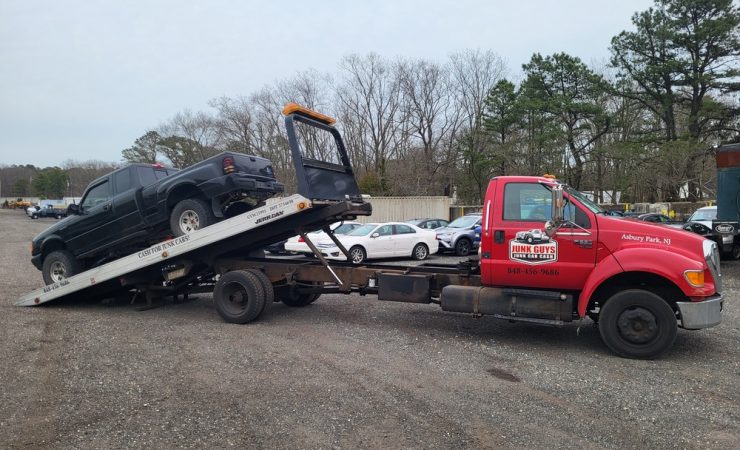How Much Are Car Batteries Worth In Scrap

The hum of the electric motor is becoming increasingly commonplace, signaling a seismic shift in the automotive landscape. As we accelerate toward an electric future, one question is gaining prominence: how much are car batteries worth in scrap? The answer, while complex today, holds the key to a sustainable and economically viable future for electric vehicle (EV) adoption.
The Current State of Play: A Volatile Market
Currently, the scrap value of a car battery, particularly those from hybrid and electric vehicles, is primarily driven by the recoverable materials within – lithium, nickel, cobalt, and manganese being the most valuable. The market price for these raw materials is notoriously volatile, influenced by global supply chains, geopolitical factors, and technological advancements. A large battery pack from a Tesla, for example, could fetch anywhere from a few hundred to several thousand dollars in scrap, depending on its condition and prevailing metal prices. This makes accurate forecasting a challenging endeavor. Furthermore, the complexity of dismantling and recycling these batteries adds to the cost and logistical hurdles. The current recycling infrastructure is still developing, struggling to keep pace with the rapidly growing number of end-of-life EV batteries.
Beyond EVs, hybrid vehicle batteries also contribute to the scrap market. While smaller in capacity than EV batteries, they still contain valuable materials. The incentives for recycling hybrid batteries are similar – recovering valuable metals and reducing the environmental impact of improper disposal. The scrap value is understandably lower due to the smaller size, but still significant enough to encourage responsible recycling practices.
Emerging Technologies and the Future of Battery Recycling
Fortunately, innovation is driving a revolution in battery recycling. New technologies are emerging that promise to dramatically improve the efficiency and profitability of recovering valuable materials. Hydrometallurgical processes, for instance, use chemical solutions to selectively dissolve and extract target metals from the battery waste. This method offers higher recovery rates and can handle a wider range of battery chemistries compared to traditional pyrometallurgical (smelting) methods. Direct recycling, another promising approach, aims to refurbish or repurpose entire battery cells or modules, extending their lifespan and minimizing the need for resource-intensive recycling.
The development of standardized battery designs will also play a crucial role in streamlining the recycling process. Easier disassembly and material separation will reduce labor costs and improve the efficiency of recovery operations. Furthermore, advances in battery chemistry, such as the development of solid-state batteries and lithium-sulfur batteries, may eventually reduce the reliance on scarce and expensive materials like cobalt, impacting the future scrap value composition and potentially making batteries more environmentally friendly to recycle in the long run.
Challenges and Opportunities: A Balancing Act
Despite the optimistic outlook, significant challenges remain. The lack of consistent regulations and standards across different regions hinders the development of a globally harmonized recycling infrastructure. The transportation of hazardous battery waste is also a logistical and environmental concern. Furthermore, the "urban mining" aspect – collecting and sorting end-of-life batteries from various sources – requires efficient logistics and robust tracking systems. The complexity of battery management systems (BMS) and the need to safely discharge batteries before dismantling also add to the operational challenges.
However, these challenges present significant opportunities for innovation and entrepreneurship. The development of advanced sorting technologies, automated dismantling systems, and closed-loop supply chains will be critical for maximizing the value of end-of-life batteries. Investment in research and development is crucial for developing more efficient and environmentally friendly recycling processes. Government incentives and policies that encourage responsible battery disposal and recycling are also essential for creating a sustainable ecosystem.
The Broader Impact: Mobility Reimagined
The future of car battery scrap value is inextricably linked to the broader evolution of mobility. As electric vehicles become increasingly dominant, the demand for battery materials will surge, putting immense pressure on existing supply chains. Efficient and sustainable battery recycling will be crucial for mitigating resource constraints and reducing the environmental footprint of electric transportation. The development of a robust battery recycling ecosystem will also create new jobs and economic opportunities in the circular economy.
Moreover, the increasing sophistication of battery technology is enabling new and innovative applications beyond transportation. Vehicle-to-grid (V2G) technology, for instance, allows EVs to act as mobile energy storage units, feeding power back into the grid during peak demand. This can help stabilize the grid, reduce reliance on fossil fuels, and potentially provide additional revenue streams for EV owners. The integration of batteries with renewable energy sources, such as solar and wind power, is also transforming the energy landscape, creating a more sustainable and resilient energy system.
The transition to electric mobility is not merely about replacing internal combustion engines with electric motors. It's about reimagining the entire transportation ecosystem, from energy production and storage to vehicle design and end-of-life management. The humble car battery, once a simple source of power, is now a key enabler of a cleaner, more sustainable, and more connected future. The economic value of its constituent elements at the end of its primary life are but one part of the equation. We stand at the cusp of a new era where mobility is not just about getting from point A to point B, but about powering a smarter, more sustainable world, one recycled battery at a time. The potential is boundless, and the journey has only just begun.
